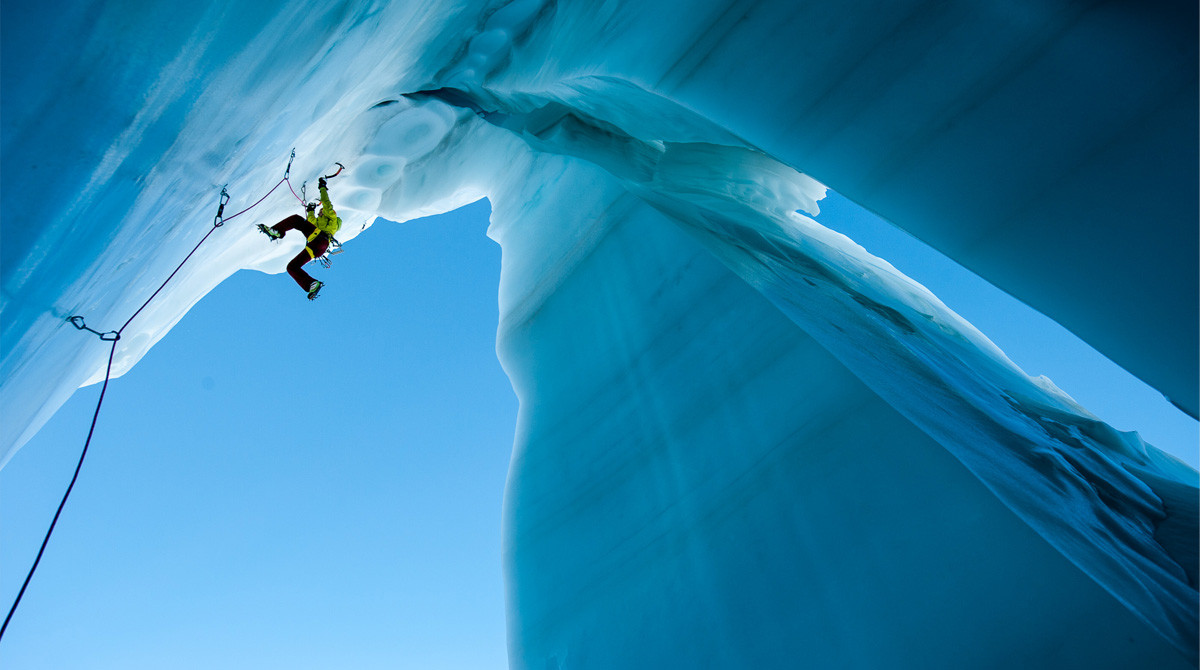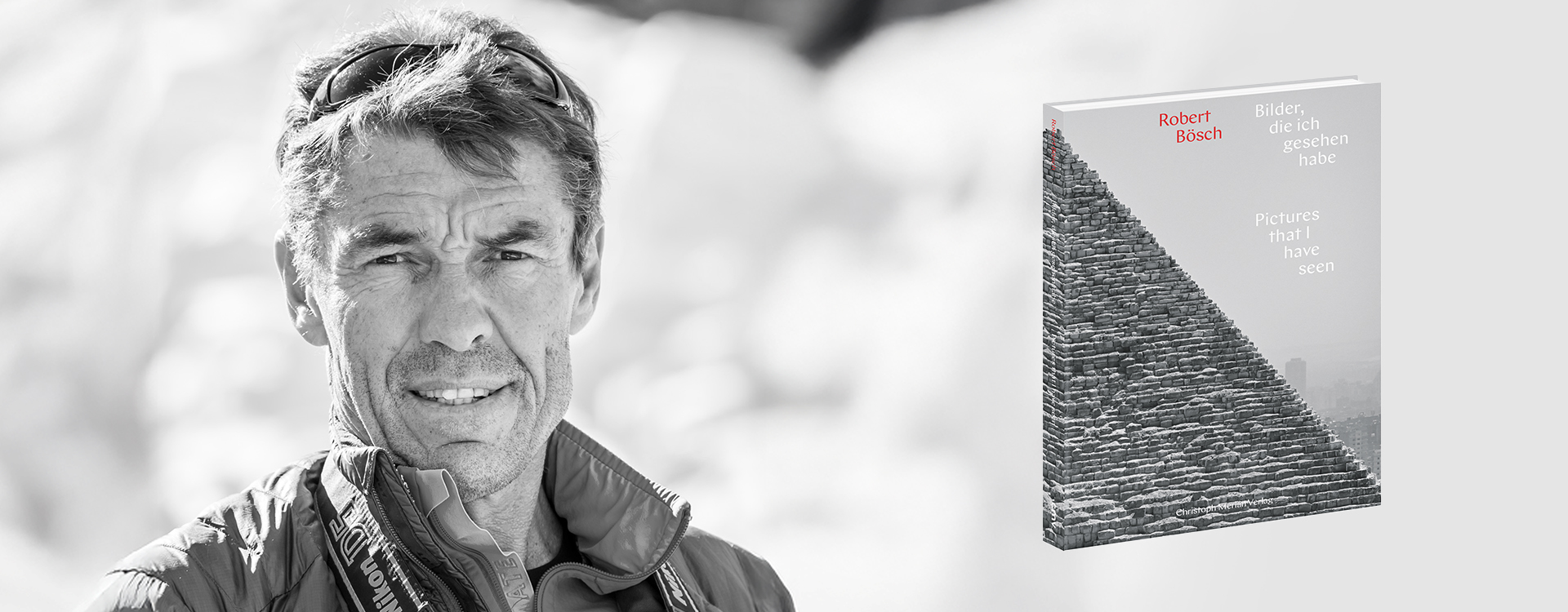Rainer Eder is a professional photographer in the field of outdoor activities with a focus on climbing. The be-all and end-all of his work is being in the right place at the right time – and then doing the right thing at the right moment. That is not always easy and sometimes even dangerous.
You grew up in Austria but Switzerland has the more beautiful mountains, don’t you think? Do you have a favourite area?
Switzerland has different mountains than Austria. I like the variety, so I wouldn’t sign that.
I find Engelberg perfect for my activities. It’s close to Lucerne, so it’s easy for me to get there. Engelberg is also a very good customer of mine.
You are a trained painter but discovered a passion for climbing and photography as a teenager. Did climbing or photography come first?
It’s amazing, because as a child I hated hiking, but actually climbing came first. In the Alpine Club there was a magazine called «Alpinismus» on the table. I read an article about climbing in it and was fascinated.

Which camera did you start with?
With my apprentice wage as a painter, I could only afford an Olympus at that time. I took my first negative photos with this camera and discovered my passion for photography. Even back then, I only took photos on slides to be able to show the pictures better.
Which athlete has inspired you the most?
Wolfgang Güllich was a great role model. He was one of the most influential and best climbers in the 1980s. Güllich set standards with numerous first ascents of extremely difficult climbing routes, some of which are still only achieved by a few top climbers today. He died in 1992 as a result of a car accident.
You have many adventures through your job. Can you share a special experience you had during your work?
That’s right, I was allowed to experience many adventures and travel to some countries. Some adventures were hair-raising and very dangerous. One of these adventures was in Colorado with the then ice climbing champion and a colleague.
We wanted to climb a challenging route and had to cross the Colorado River to do so. Afterwards we had ice-cold feet, but we had to walk steeply uphill for another two hours.
At the top, we saw that there was no ice on the route… There was no point in photographing without ice. So I made my way back alone. In the meantime, it got much warmer and the water of the Colorado River rose sharply… I could therefore no longer cross the river at the same spot. At another place I dared to do it. The water came up to my waist and I had to fight for survival because of the strong current. I was in the water for a long time and thought in between that I would not make it back to the car. I must have had a guardian angel, because I survived.

Back to photography. In the studio, it’s easier to use tools. Do you have a general tip on how to take better photos in nature?
Photography should be real! Especially in a time when artificial intelligence offers the possibility to falsify everything. If the photo is a little overexposed or underexposed, that’s not a bad thing. That can also be an element of art.
My tip: Photograph as you see it. Tape off the display and simply photograph what you see. You can also adjust the cropping etc. in post-processing.
What role does post-processing play in outdoor photography? Are there any particular editing techniques that you can recommend?
Here too: less is more! I photograph almost everything manually. If necessary, I adjust the contrast, exposure and cropping afterwards.
Can you tell us what project you will be photographing next?
The World Climbing Championships. This year it will take place in Bern from 1-12 August 2023, but that’s indoors.
If you were to order a photo book from us, which product would you choose?
I am very interested in the Photobook Photographic. I like real photo paper!

Rainer Eder
Would you like to learn more about Rainer Eder? Find out more here.
www.rainereder.com





